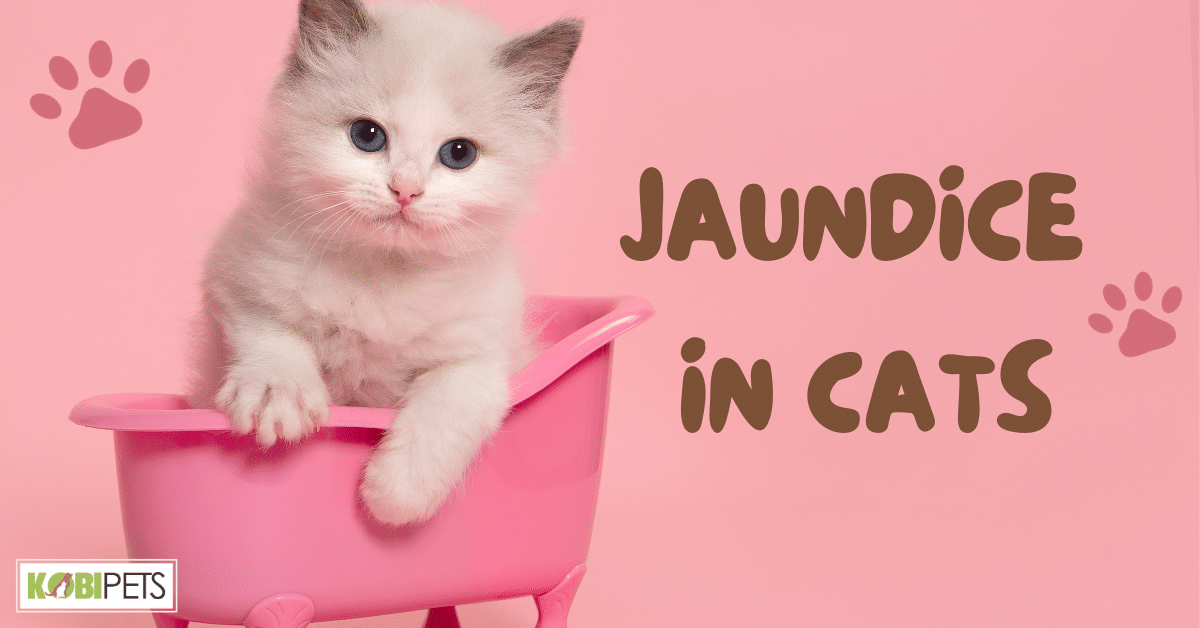
Jaundice, characterized by a yellowing of the skin, eyes, and gums, signals an underlying issue with a cat’s liver, gallbladder, or red blood cells. Various conditions such as liver disease, hemolytic anemia, or bile duct obstructions can lead to this symptom. Immediate veterinary consultation is crucial for proper diagnosis and timely treatment.
Jaundice in cats is not just a yellowing of the skin, eyes, and gums—it’s a vital sign that something is amiss, often related to liver function or blood cells. While merely a symptom, its appearance underscores deeper health issues that warrant prompt attention. As cat lovers, understanding jaundice is crucial to ensure our furry friends remain healthy and vibrant.
What Causes Jaundice in Cats?
The liver, gallbladder, and red blood cells are paramount in a cat’s physiological system. The liver works tirelessly to detoxify the blood, produce bile essential for digestion, and store nutrients. Meanwhile, the gallbladder stores the bile produced by the liver, releasing it when needed.
Red blood cells have the pivotal task of carrying oxygen to the body’s tissues. Any imbalance or malfunction in these can lead to evident symptoms, with jaundice being a prime example.
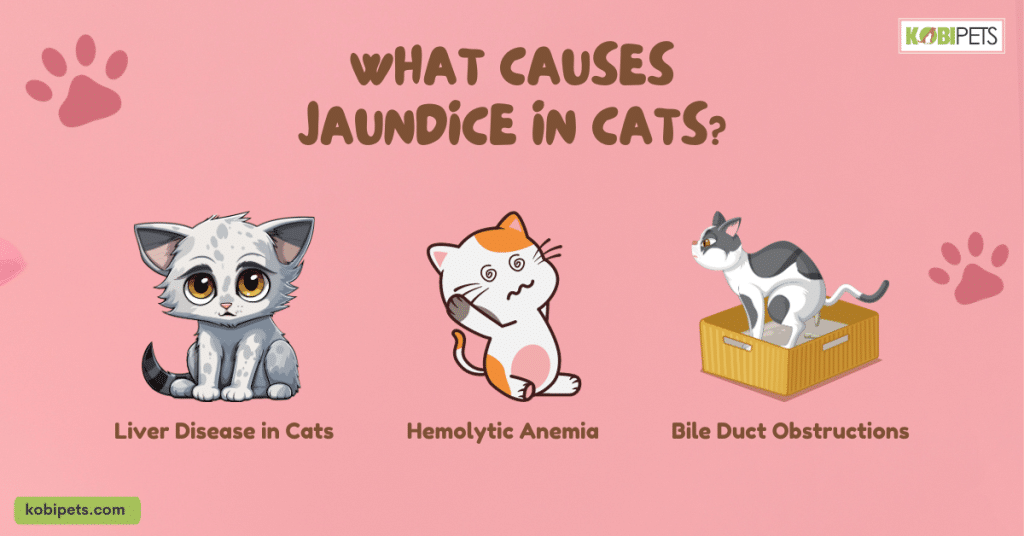
What Causes Jaundice in Cats?
Liver Disease in Cats
Liver disease or hepatic disease is one of the primary causes of jaundice in cats. The liver processes a yellow compound called bilirubin—a byproduct of old red blood cells. When the liver’s function is compromised, it struggles to manage bilirubin effectively. This leads to an accumulation of bilirubin in the bloodstream, resulting in the tell-tale yellowing of the cat’s skin, eyes, and even gums.
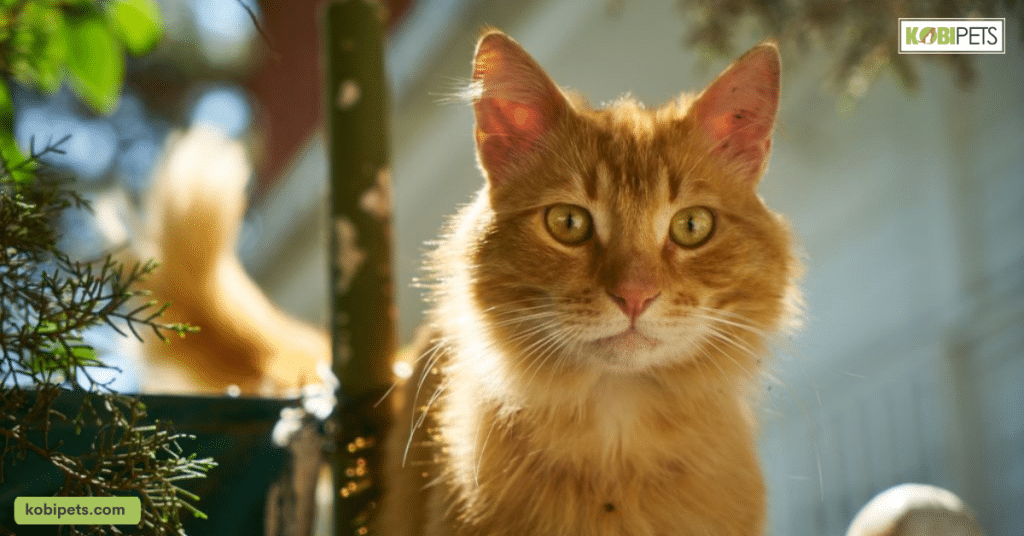
Hemolytic Anemia
Hemolytic anemia is a condition where there’s a premature destruction of red blood cells. In a normal scenario, the liver processes the old red blood cells, but with hemolytic anemia, the cells are destroyed faster than they’re produced. This rapid destruction overwhelms the liver, leading to excessive bilirubin and, consequently, jaundice.
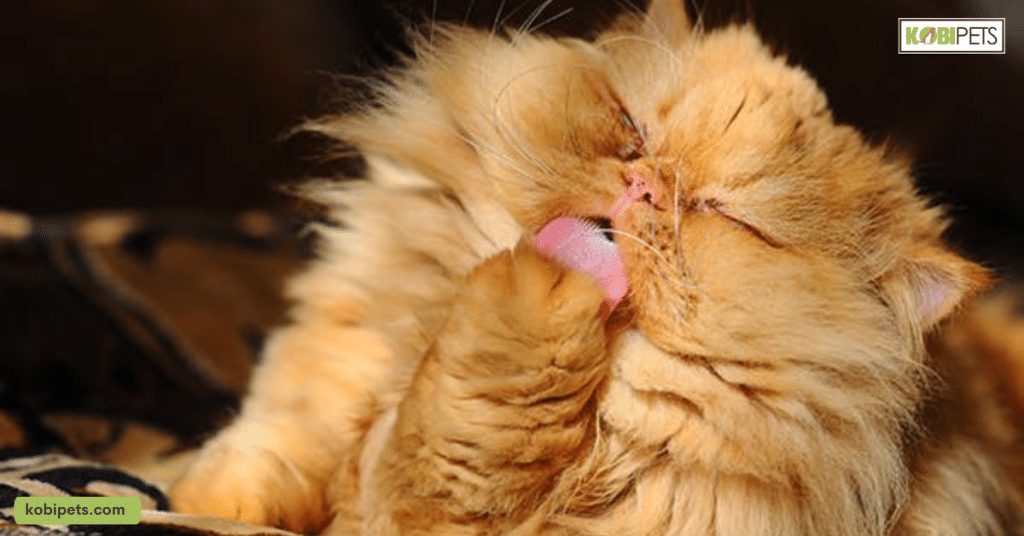
Bile Duct Obstructions
The bile duct is a pathway that carries bile from the liver and gallbladder to the intestines. Any blockages or obstructions can impede this flow. When bilirubin-containing bile cannot make its way to the intestines due to an obstruction, bilirubin ends up recirculating in the bloodstream. This backflow can culminate in the yellowing symptoms associated with jaundice.
Jaundice isn’t merely a cosmetic concern—it’s a visual alarm signaling underlying issues. Knowledge of its causes can empower cat owners to act promptly. Should you ever observe hints of jaundice in your cat, remember: that immediate veterinary consultation is paramount. Your vigilance can ensure your furry companion stays in the pink (or in this case, the clear) of health.
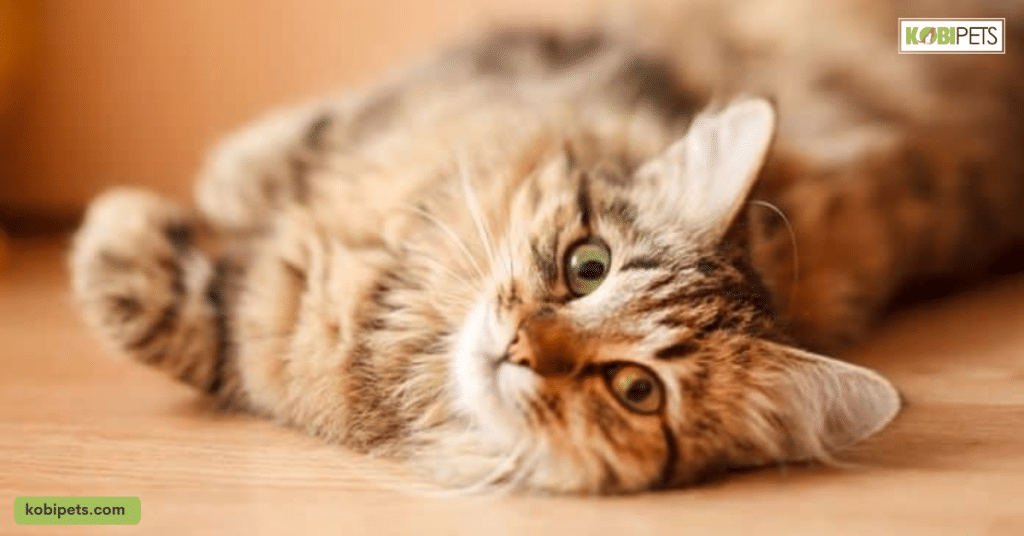
Recognizing the Symptoms of Jaundice
When it comes to our feline friends, subtle shifts in their appearance or behavior can sometimes be indicative of underlying health conditions. Jaundice is one such condition, marked by clear symptoms that every cat owner should be aware of.
| Category | Symptoms |
|---|---|
| Physical Signs | – Yellowing of skin |
| – Yellowing of the whites of the eyes | |
| – Yellowish hue on gums instead of pink | |
| Behavioral Changes | – Increased lethargy or listlessness |
| – Reduced or total loss of appetite | |
| – Darker urine and possibly lighter or clay-colored stool | |
| Importance of Early Detection | – Swift intervention can lead to more effective treatment |
| – Early diagnosis improves overall prognosis |
Understanding and recognizing the symptoms of jaundice in your cat is not just about diligent pet ownership—it’s about ensuring the well-being and longevity of your furry companion. If any of the above signs are evident, seeking prompt veterinary care can make a world of difference for your feline friend.
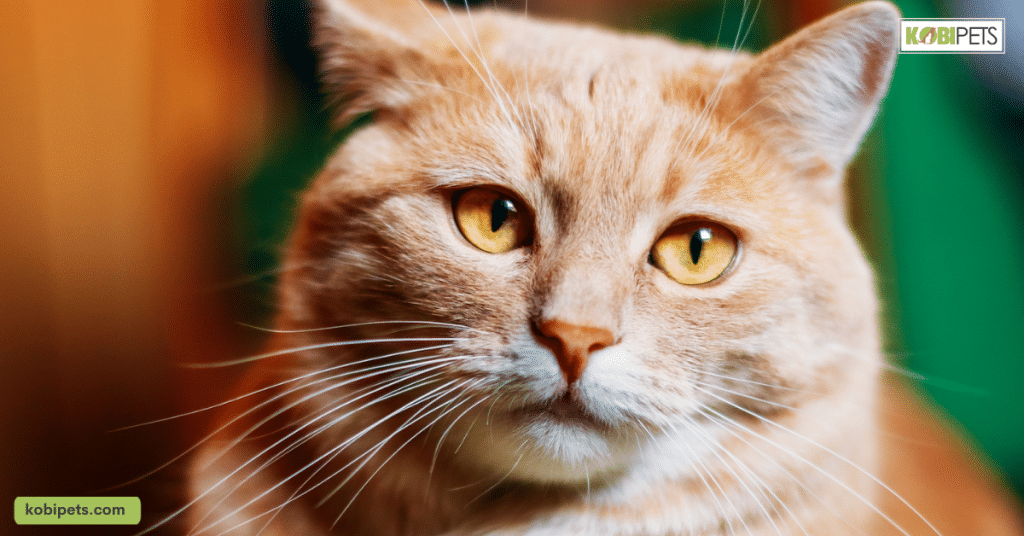
Diagnostic Procedures for Jaundice
Jaundice in cats is not merely a condition but a manifestation of underlying health issues. To get to the root of the problem, a comprehensive diagnostic approach is essential.
Diagnostic Tools:
- Blood Tests: Helps determine the overall health status and can identify any abnormalities in red blood cells or other parameters.
- Liver Function Tests: Specifically checks for enzymes and other indicators of liver health, pinpointing any malfunctions.
- Imaging Techniques: Ultrasounds, in particular, provide a clear picture of the liver, gallbladder, and surrounding areas, highlighting any obstructions or structural anomalies.
The Veterinarian’s Approach:
- Holistic Examination: A thorough physical exam to check for visible symptoms and palpate the abdominal area.
- Detailed History: Discussing the cat’s dietary habits, recent behaviors, and any observed changes can provide vital clues.
- Comparative Analysis: By comparing the results of various tests, veterinarians can narrow down the root cause of the jaundice.
When faced with a jaundiced cat, an exhaustive diagnostic procedure is invaluable. It ensures accurate identification of the underlying issue, enabling targeted treatment. Trust in the expertise of veterinarians, and if you suspect jaundice in your cat, ensure it gets the comprehensive examination it deserves.
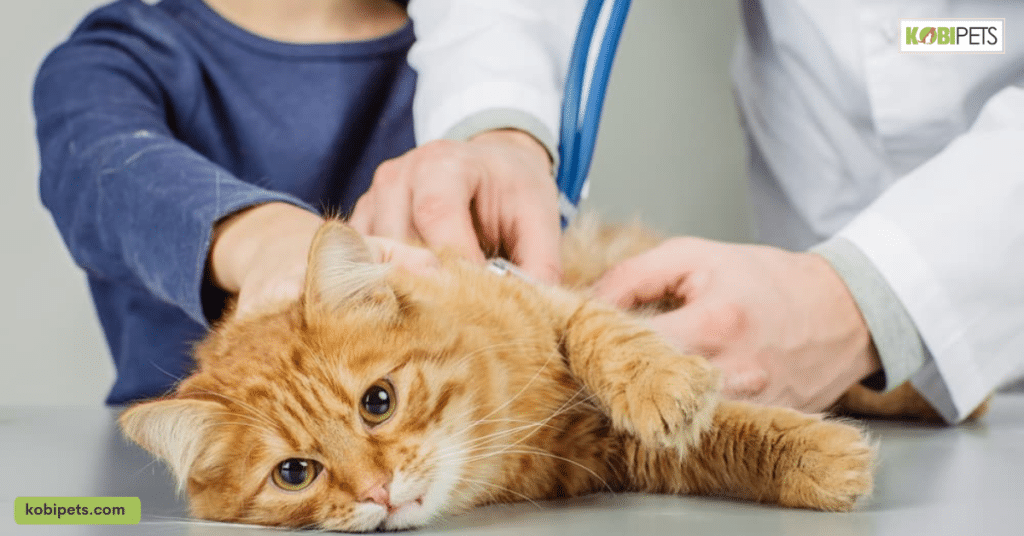
Treatment Options and Prognosis
When a cat displays symptoms of jaundice, it’s essential to determine the underlying issue to administer appropriate treatment. Here’s a tabulated overview of potential treatments based on the cause and factors influencing a cat’s recovery.
| Aspect | Details |
|---|---|
| Treatment Options | |
| – Medication | – Antibiotics or antifungals for infections. |
| – Steroids for autoimmune disorders causing hemolytic anemia. | |
| – Dietary Changes | – Liver-supportive foods. |
| – Avoid foods straining the liver. | |
| – Surgery | – Procedures to remove bile duct obstructions or tumors. |
| – Treatments to repair liver damage or other structural issues. | |
| Factors Influencing Prognosis | |
| – Early Detection | – Prompt identification and treatment improve recovery chances. |
| – Severity of the Condition | – Mild infections might have better outcomes compared to severe liver diseases. |
| – Age & Overall Health | – Younger, healthier cats tend to recover faster and more thoroughly than older cats or those with other issues. |
| – Quality of Care | – Regular check-ups, adherence to treatments, and dietary recommendations enhance recovery rates. |
Recognizing jaundice in cats and understanding the potential treatments and prognosis factors is crucial. With the right care and timely intervention, many cats can lead healthy lives post-jaundice. Always consult a veterinarian for the best advice tailored to your feline friend’s situation.
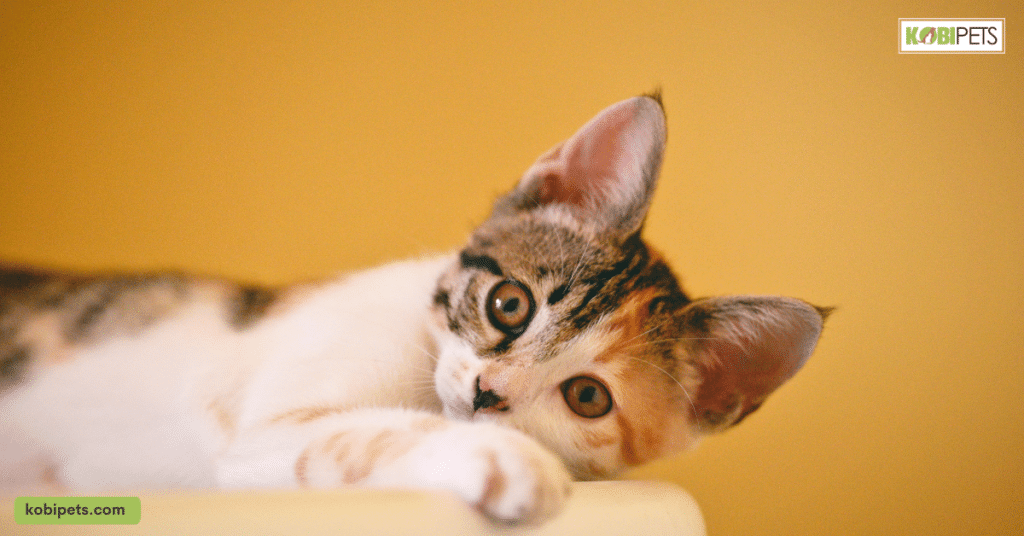
Conclusion
Jaundice in cats, while alarming, is a symptom that necessitates understanding, prevention, and targeted care. By being vigilant about potential risk factors, providing appropriate care, and maintaining regular veterinary consultations, cat owners can better navigate this health challenge.
Ultimately, the well-being of our feline companions hinges on our attentiveness and commitment to their health. Armed with knowledge and a proactive approach, we can ensure our cats enjoy a vibrant and fulfilling life.






